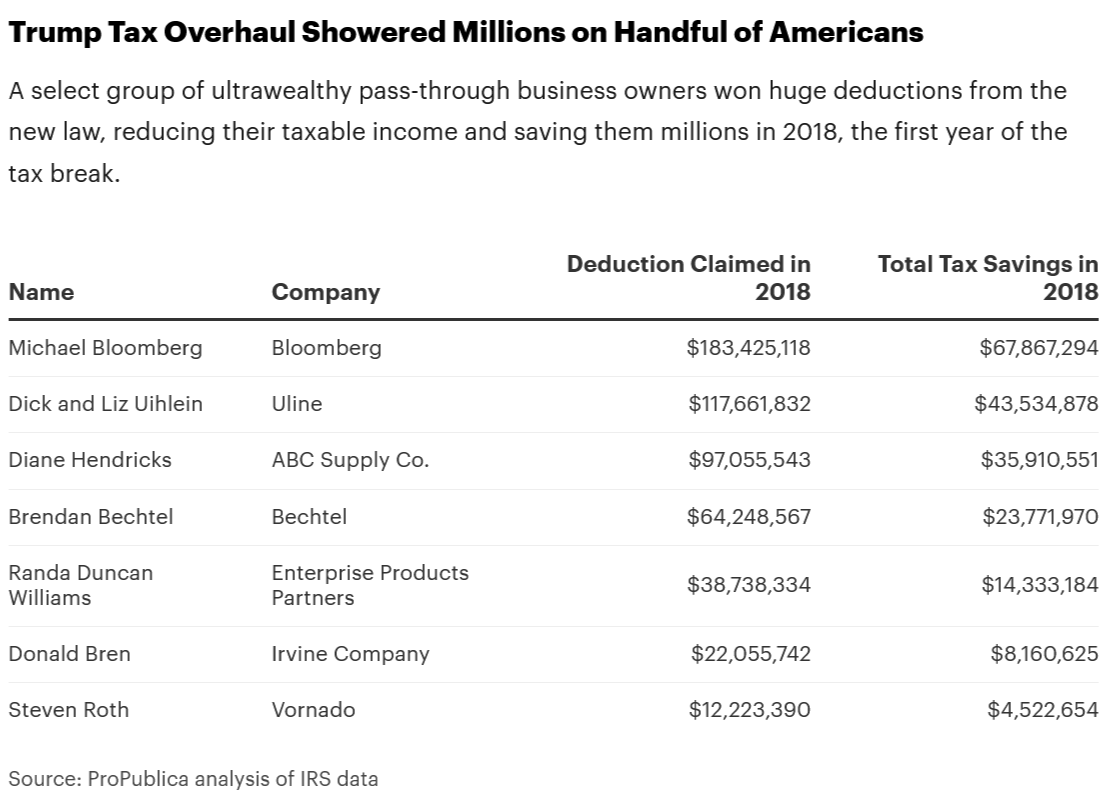The Daily Escape:

Mount Saint Nicholas, Glacier NP, MT – January 2022 photo by Jack Bell Photography
Anyone else thinking that our national party bus is about to stall out in the slow lane on America’s Boulevard of Broken Dreams?
Here’s an under-the-radar story: In 2020, the Trump administration hatched a plan to gradually transition traditional Medicare over to private firms. It’s called Direct Contracting (DC) and is operated by Direct Contracting Entities (DCEs). Currently, there are 53 of them in Phase One of an experimental program operated by the Centers for Medicare and Medicaid Services (CMS).
Under the program, the DCEs receive a fixed amount of money annually to cover care for each traditional Medicare enrollee whose primary care doctor (or group) has signed up with that DCE. The DCEs must pay for all of the care of those people assigned to them. To date, the CMS has auto-assigned hundreds of thousands of people to DCEs.
Since no one on Medicare has voluntarily signed up to work with a DCE, it’s unlikely they know of, nor understand what’s happening. And the CMS doesn’t require DCEs to tell people that they have the right to opt-out.
The idea behind DCEs is to shift a portion of the financial risk of the elderly’s medical care away from traditional Medicare by capping the payments to a third party that’s responsible to pay for it. This is the latest in many efforts by CMS and Congress to control the rising costs of healthcare.
Wrongo and Ms. Right have recently noticed a blizzard of direct mail offers to convert our traditional Medicare to an all-in insurance program. It’s probable that some of these are from DCEs.
The anticipated advantage of the DCE experiment is that Medicare’s out-of-pocket costs will be capped. The DCEs contract with CMS is for an agreed-upon annual payment. They have to pay for care and also make a profit based on that fixed revenue amount from the government. In addition to the normal profits from providing services, DCEs can keep as much as 40% of the money they don’t spend on care.
But there’s no such thing as a free lunch, and it seems to Wrongo that this creates yet another financial incentive to deny otherwise necessary treatments. It’s possible that the DCEs could pay doctors to steer patients away from specialty care. This means that someone enrolled in a DCE has reason to worry that their primary care doctor might limit their access to more costly care.
Direct contracting is supposed to be a pilot program, yet Medicare has no plans to limit the number of people it enrolls in these new plans. Instead, Medicare has announced plans to enroll 100% of traditional Medicare members into DCE-like programs by 2030.
Congress did not authorize the wholesale overhaul of traditional Medicare, so why is this happening? And so far, the Biden administration appears to be willing to continue playing Trump’s cards.
Many of the DCEs are owned by Private Equity (PE) firms. It doesn’t take a chess master to see that the PE firms will ultimately sell out to the insurance industry. And it wouldn’t be a big leap from that to fully privatize Medicare.
Time to wake up America! Did we elect Biden to privatize Medicare? The word “privatize” should scare the hell out of Americans. But unfortunately they’ve been fooled into believing that by some magic miracle of economics, it’s to their benefit.
To help you wake up, today we spend a few minutes with Neil Young. Wrongo appreciates Neil Young saying he wanted his music removed from Spotify if Joe Rogan is allowed to continue spewing his anti-Vaxx trash there.
This was an easy business decision for Spotify. They picked the popular podcaster Rogan with the $100 million-plus exclusive deal, over the cranky 76-year-old rocker whose last gold album was nearly two decades ago. Someone who hasn’t been on the Billboard charts since 1982.
Joni Mitchell and Dave Grohl have now said they will follow Young in leaving Spotify.
Let’s watch and listen to Neil Young playing “Hey Hey, My My” at Farm Aid in Champaign, Illinois on September, 1985. Young is a co-founder and board member of Farm Aid, along with Willie Nelson and John Mellencamp:
Neil won’t burn out or fade away.
Sample Lyric:
Out of the blue
and into the black
You pay for this,
but they give you that
And once you’re gone,
you can’t come back
When you’re out of the blue
and into the black.
“You pay for this, and they give you that”. Listen up Medicare!










